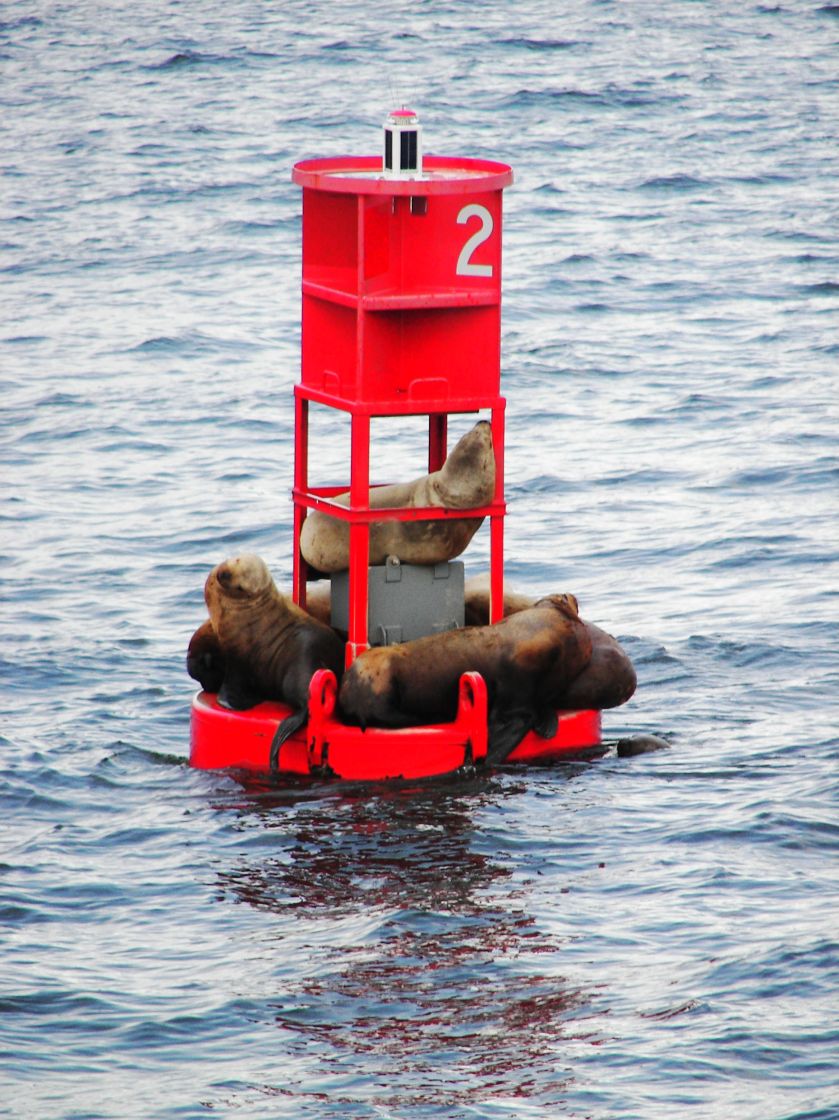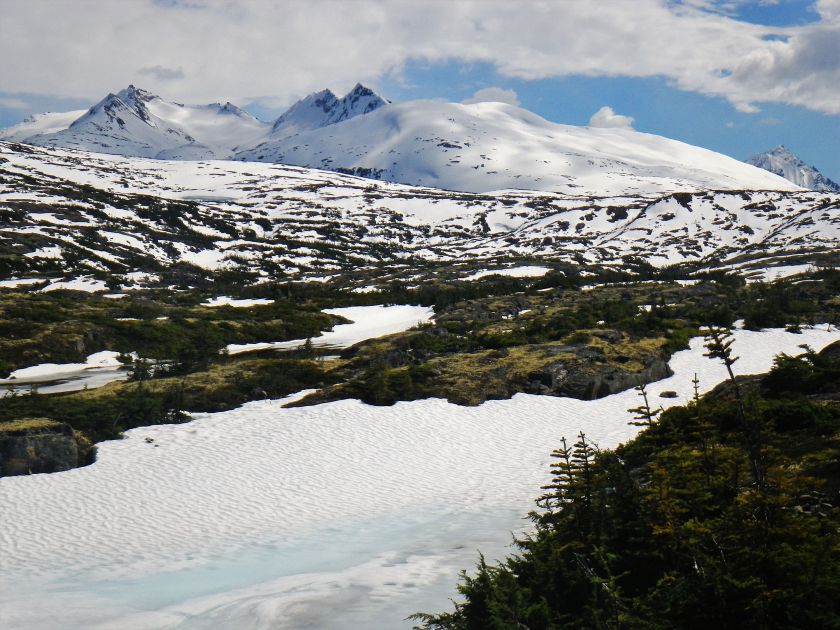Since 2013, March 3rd has been recognized as World Wildlife Day by United Nations Member States, to celebrate and raise awareness of the world’s animal and plant life. Each year’s celebration has a theme. The theme for 2019 is “Life below water: for people and planet”.
This photo of Steller’s Sea Lions was taken in Stephens Passage, outside Juneau, Alaska. To give you a bit of perspective, Steller’s Sea Lions are the largest sea lion and the third largest piniped (behind the walrus and the sea elephant). Male Steller’s Sea Lions can reach weights of nearly 2,500 pounds, nearly three times the size of a female. It’s a pretty safe bet that all the sea lions on this buoy are female.
Traditionally, the population of Steller’s Sea Lions has been divided into two stocks, eastern and western, with the eastern stock, including the sea lions shown here, inhabiting the western coast of North America, ranging from the Gulf of Alaska south to central California.
The eastern stock of Steller’s sea lion is classified as “near threatened” under the U.S. Endangered Species Act. The western stock is listed as “endangered” due to a steadily declining population, possibly due to commercial over-fishing, which has reduced the sea lion’s natural food supply, both in quantity and in quality.











